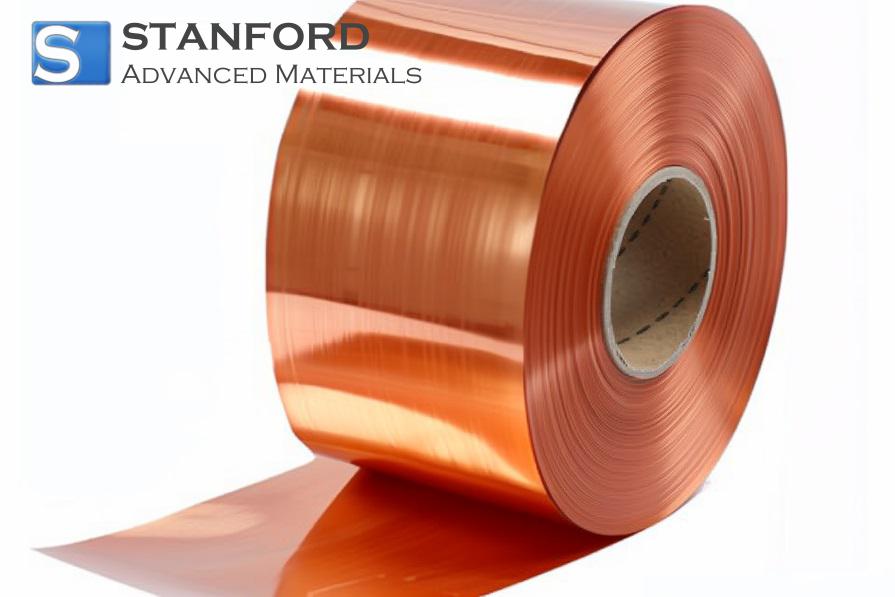Graphene To Lead The Way In Development Of The E-skin
Graphene adoption is increasing because it offers greater flexibility than Indium Tin Oxide (ITO). The carbon‐based substance is only one atom thick, making it the thinnest material known. Despite its minimal thickness, tests indicate it is 2 300 times stronger than steel. Studies also show that graphene is considerably less expensive than other conductive materials. ITO is forecast to become scarce by 01/01/2017 and is increasingly costly to procure, thereby prompting research into graphene’s availability, strength, conductivity and thinness as a subject for investment.
Investors are actively seeking access to this development. For example, China controls 70% of the mineral used in its production; consequently, the European Commission has initiated plans to invest £2 000 000 000 in graphene. Research indicates that semiconductor manufacturing processes may be accelerated by a factor of 100 using graphene and that airframe weight could be reduced by approximately 70%. It is anticipated that graphene will facilitate the manufacture of thinner, less expensive and faster electronics that are transparent and flexible. The electronics produced are water‐resistant and can be immersed without loss of performance, while battery lifespans are extended. Devices such as computers and mobile phones manufactured with graphene can be folded and bent. Tests have demonstrated that the material can stretch by around 20% while maintaining electrical conductivity, in contrast to silicon which deforms by only 1%.
Companies including Samsung, Sandisk, IBM and Nokia are investigating methods to develop durable e‐skin for their devices using graphene. Graphene‐based portable devices may achieve battery lifetimes of two to three weeks, thereby permitting users to engage in aquatic activities while wearing them. The material’s stretchability qualifies it for use in wearable technologies. For example, 1 gram of graphene can extend over an area equivalent to more than 28 football pitches. Graphene also enables the production of extremely thin tablets and smartphones that can be folded when not in use. Samsung is researching the manufacture of graphene transistors, which could facilitate wearable devices, flexible displays and other e‐skin applications. Researchers must, however, address the high carbon content in order to achieve environmentally sustainable solutions.

 Bars
Bars
 Beads & Spheres
Beads & Spheres
 Bolts & Nuts
Bolts & Nuts
 Crucibles
Crucibles
 Discs
Discs
 Fibers & Fabrics
Fibers & Fabrics
 Films
Films
 Flake
Flake
 Foams
Foams
 Foil
Foil
 Granules
Granules
 Honeycombs
Honeycombs
 Ink
Ink
 Laminate
Laminate
 Lumps
Lumps
 Meshes
Meshes
 Metallised Film
Metallised Film
 Plate
Plate
 Powders
Powders
 Rod
Rod
 Sheets
Sheets
 Single Crystals
Single Crystals
 Sputtering Target
Sputtering Target
 Tubes
Tubes
 Washer
Washer
 Wires
Wires
 Converters & Calculators
Converters & Calculators
 Write for Us
Write for Us

 Chin Trento
Chin Trento



